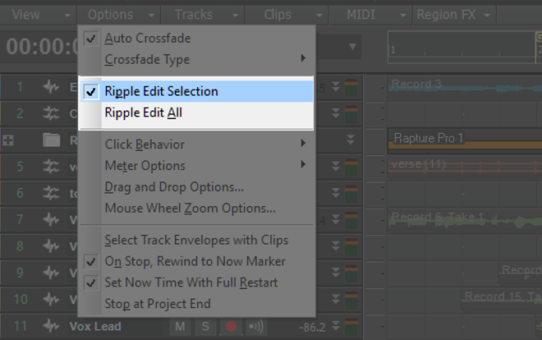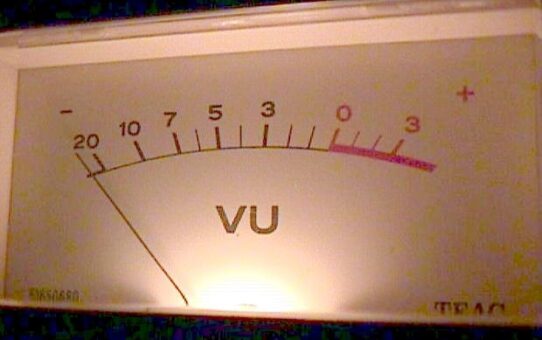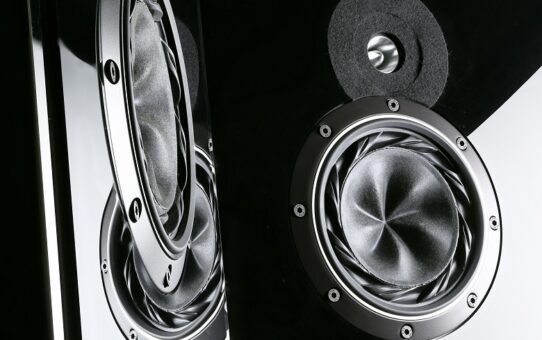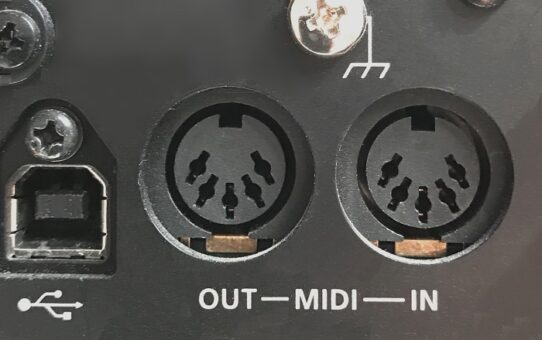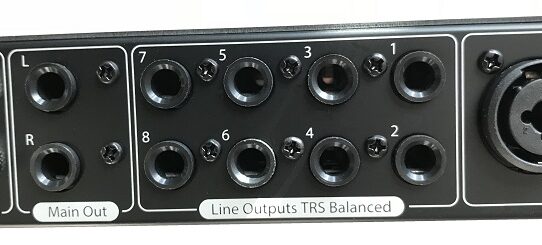Category: Basics|Theory
Understanding Ripple Editing
Ripple editing has always been crucial for video editing—find out how it can be equally valuable for audio, and save time and effort with extensive edits.... Read MoreUnderstanding the DeciBel: the Very Basics
The deciBel provides multiple ways to measure audio levels. Although it’s a difficult spec to understand fully, the basics are pretty easy to grasp.... Read MoreUnderstanding Frequency Response
Frequency response is an essential specification for a variety of audio-related gear, and part of audio recording and playback. Here’s why it’s important.... Read MoreMIDI: Just the Basics
If you’re not up to speed on this important protocol, let’s get started MIDI (Musical Instrument Digital Interface) has stood the test of time, and remains one of the most exciting develop... Read MoreBalanced vs. Unbalanced Analog Audio Connections
You'll likely encounter balanced and unbalanced connections in the studio and on stage, so it's important to understand their similarities and differences.... Read MoreWhat You Need to Know About Filter Responses
Whether in recording programs or synthesizers, you’ll encounter several filter types. Find out how what they’re called, and how they affect the sound.... Read MoreWhat Spectrum Analyzer Parameters Mean
A spectrum analyzer can help while mixings by providing visual confirmation for what you’re hearing, but you need to know how to adjust its parameters.... Read More- 2 of 2
- « Previous
- 1
- 2

